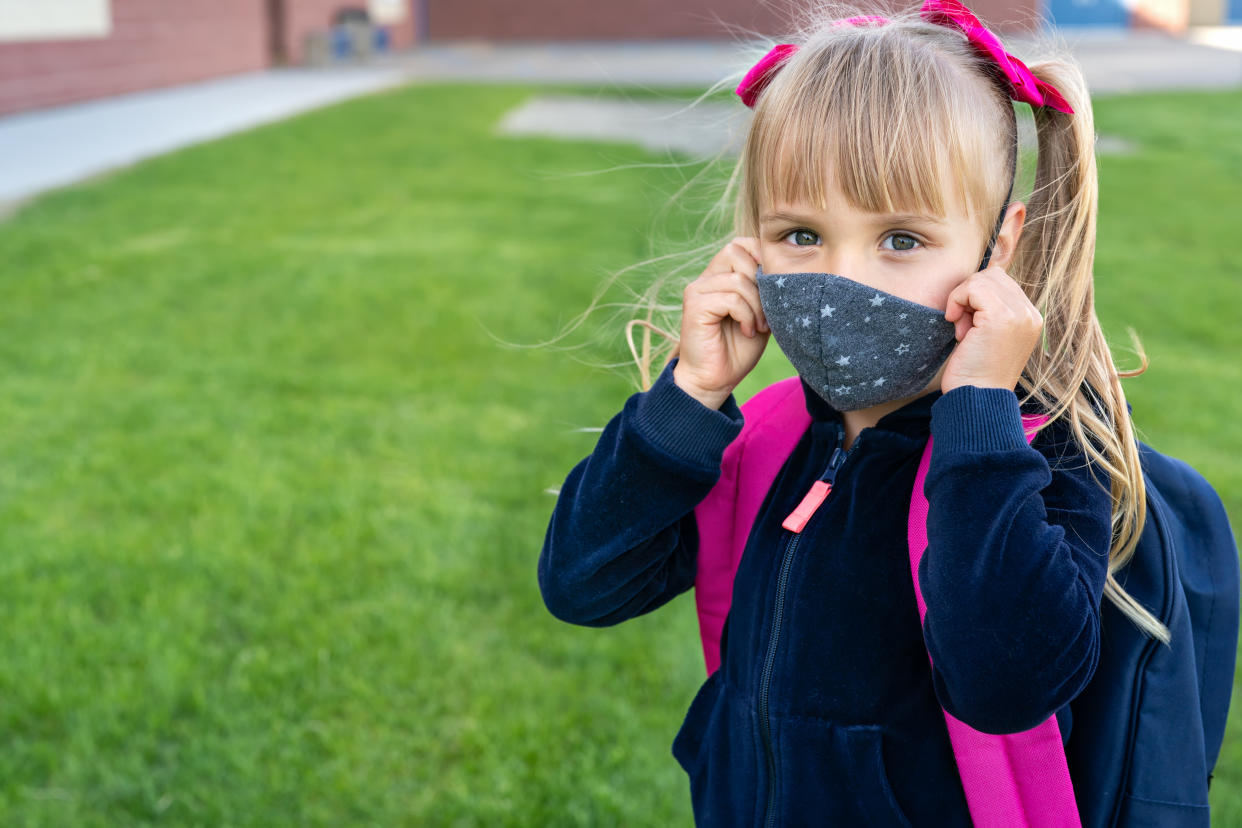One in five children with coronavirus develop eye symptoms, small study suggests

A new coronavirus symptom may have come to light – eyesight issues.
The NHS states the main signs of infection are a fever, cough, or loss of taste or smell. This list has been accused of being too limited, with the World Health Organization (WHO) stating everything from diarrhoea to discolouration of the toes could indicate infection.
Experts and the public alike have questioned whether a patient’s eyesight could be affected after Dominic Cummings argued he went on a half-an-hour journey to test his vision, in defence of breaking lockdown.
Boris Johnson’s chief adviser faced a backlash after it emerged he drove 260 miles from his home in London to his parent’s farm in Durham in March, while his wife was battling coronavirus symptoms.
Read more: Google anxiety searches break records amid coronavirus pandemic
Cummings claimed he was considering returning to London, but his wife suggested they first go on a shorter drive to the beauty spot Barnard Castle to test his vision, which he says was affected by a suspected coronavirus infection.
Experts were not convinced at the time, however, a small study suggests the coronavirus may impact eyesight among children.
After looking at 216 youngsters admitted to Wuhan Children’s Hospital in China with the infection, medics found more than one in five (22.7%) experienced conjunctivitis (pink eye) or “eye rubbing”.

The medics looked at children, with an average age of seven, who were admitted to hospital with confirmed coronavirus between 26 January and 18 March.
Two in five (43.1%) of the children showed no sign of an infection. The reason they were tested for the coronavirus is unclear, but they may have been swabbed after a relative tested positive or if they were in hospital for another reason.
Among those showing symptoms, more than a third developed a fever (37.5%) or cough (36.6%).
Perhaps surprisingly, 49 of the youngsters (22.7%) showed various eye symptoms, which were the first sign of infection in nine of the patients.
Read more: Breast-milk ice cubes could deliver coronavirus antibodies
Of the 49 children, more than half (55.1%) experienced conjunctival discharge, which can include the release of white mucus or yellow-green pus.
Conjunctivitis is the inflammation or infection of the transparent membrane that lines the eyelid and covers the white part of the eyeball.
Eye rubbing affected more than a third (38.8%), while one in 10 (10.2%) had conjunctival congestion; generally a feeling of grittiness or producing pus that sticks to the eyelashes.
The results – published in the journal JAMA Ophthalmology – further revealed four (8.2%) of the children experienced eye pain or eyelid swelling, while two (4.1%) were tearing.
Twenty-three of the patients recovered without treatment, while the remainder were given drops.
While eight of the children continued to rub their eyes as the study drew to a close, the other 41 were completely better after about a week.
Although it is unclear how these symptoms may have come about, the scientists noted the eye surface “communicates with air” in the same way as the nasal passage, a main route of infection.
Ducts that link the eye to the nose may also “provide the opportunity for the viruses to travel from the respiratory tract to the ocular surfaces”, they added.
Read more: Soft singing 'no riskier than talking', coronavirus study finds
The coronavirus could also directly affect the eyes, with its tissues expressing the enzyme used by the pathogen to enter cells.
Infected children may also rub a contaminated hand against their eye, or the force of a cough or sneeze could “push nasopharyngeal secretions” up their face, added the scientists.
Further research is required, however, they stressed.
The WHO already states conjunctivitis as a “less common” coronavirus symptom.
The US Centers for Disease Control and Prevention lists 11 potential signs of infection, ranging from shortness of breath to headaches, but nothing eye-related.



